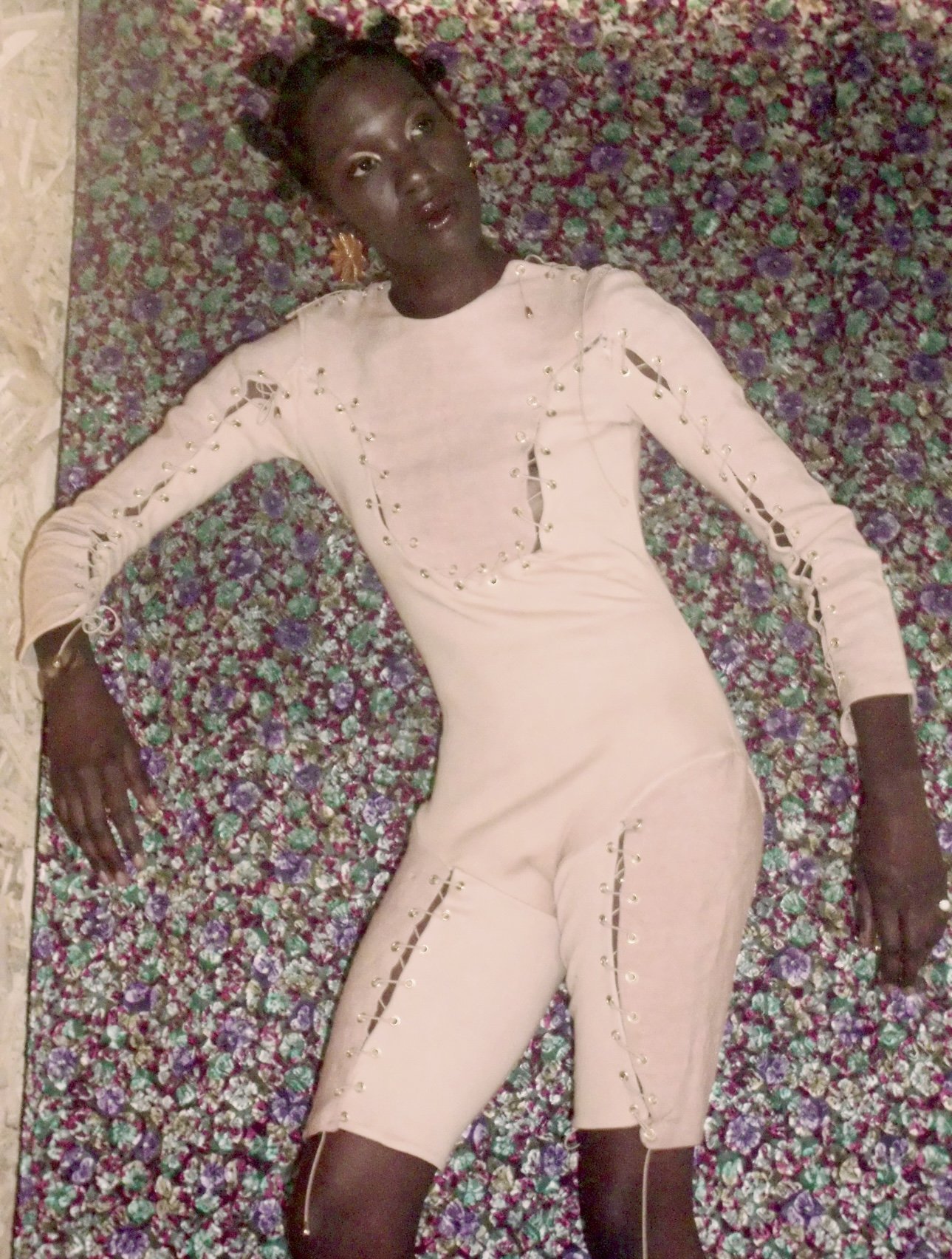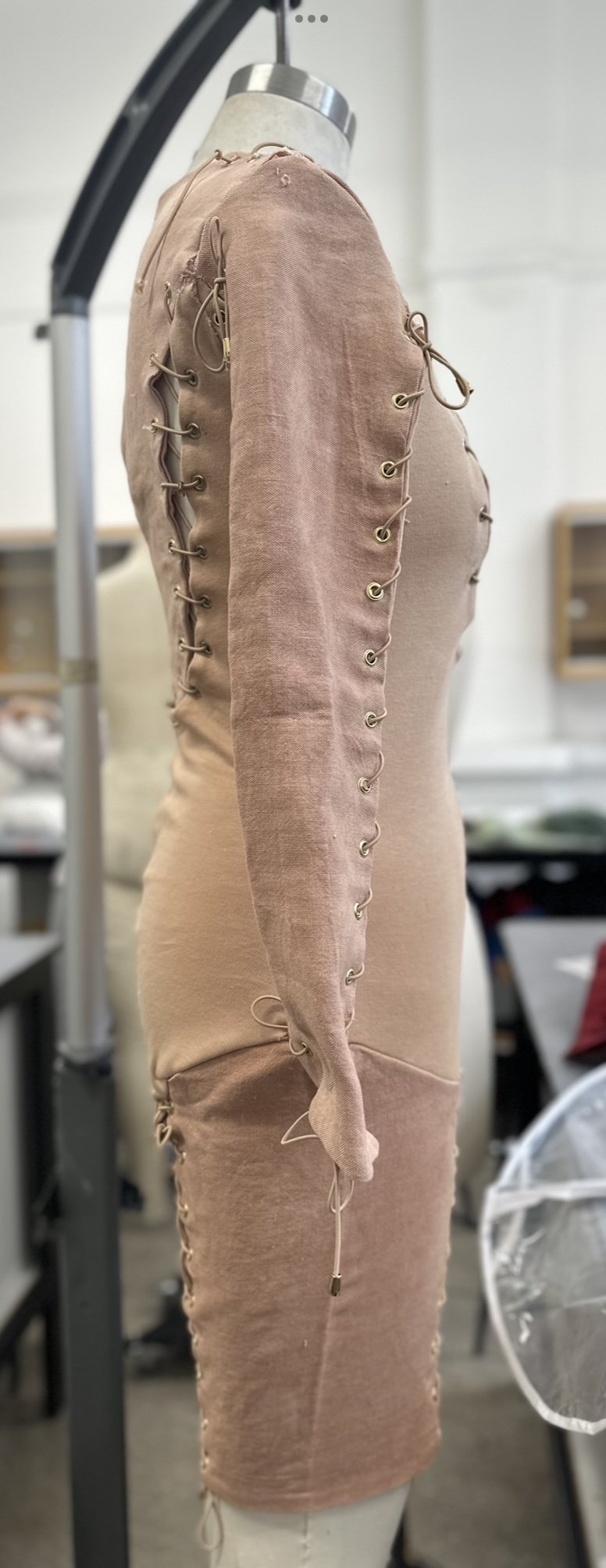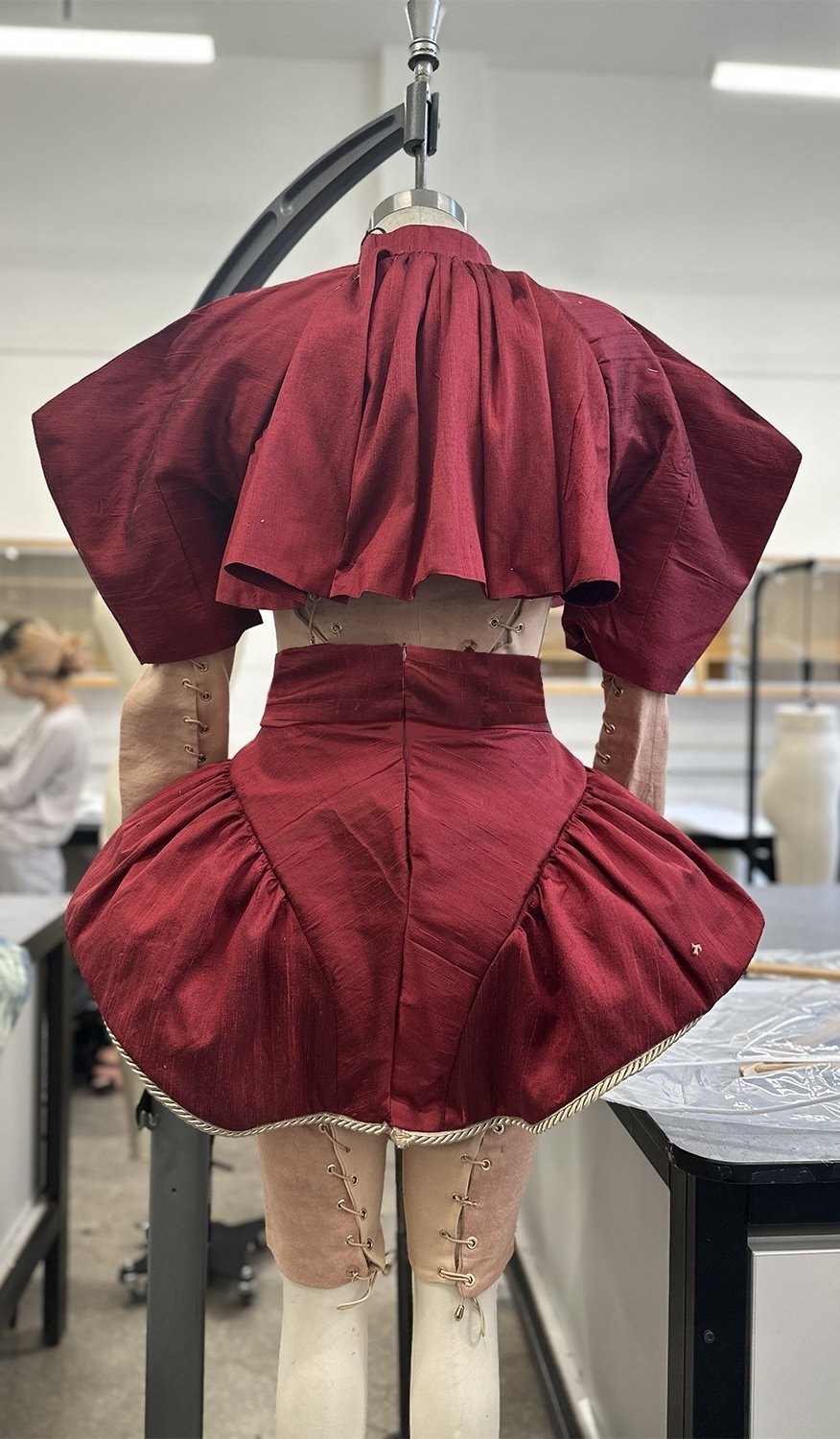
THE DOLL PEOPLE
“Ann M Martin was the first person who truly acknowledged my compulsion that my dolls moved. ‘Doll People’ was the book that fed into my delusional, fantastical, and rather sinister world of Victorian porcelain dolls and carpeted wooden stairwells. “
Inspired by a childhood book given to me by my mother at the fanciful age of seven, author Ann M Martin was the first person who truly acknowledged my compulsion that my dolls moved. I couldn’t quite fathom the idea of my dolls not having a real life outside of the mere pleasure to entertain me as and when I was bored. I pictured a world where they moved when I was not looking. I remember placing them in a certain position and coming back hours later hoping I’d find them elsewhere as they carried on with their chores in their little doll home. To my displeasure, they always stared back with their unwavering stoic eyes and plastered flossy smile. ‘Doll People’ was the book that fed into my delusional, fantastical, and rather sinister world of Victorian porcelain dolls and carpeted wooden stairwells. Inspired by my recollections of the worldbuilding through the ‘Doll People’, this collection is based on my research into porcelain dolls and Victorian Doll houses, the art of storytelling and the underlying metaphor of Dolls as a societal reflection of the bourgeoisie of 19th century Europe.
My initial research and development referenced Vivienne Greene’s Dollhouse collections from the late Victorian and early Edwardian periods. As I developed an understanding of Victorian maximalism, wallpapers and prints, the depth of jewel tones and furnishing fabrics used to create these larger than life dollhouses, I realised that it was merely a display of opulence and wealth to spend obscene amounts of money on inanimate dolls with plastered features. But perhaps it wasn’t all about the azoic state of these dolls, on the contrary was their life reimagined in the vivacious and rather outlandish imagination of a Victorian child similar to the way I had interpreted the story at a young age. .
I soon began an in-depth character analysis into six of the characters from ‘The Doll People'; Annabelle doll, Auntie Sarah, Mean Mimi, The Captain, Papa Doll and Baby Betsy. Each with such distinctive rolls in the story, it gave me the scope to individually work on developing garments that fit their own narratives.
Final Outcome
“With these final garments , I paid close attention to Victorian furniture trimming such as thick flanged beige piping, along with baroque style floral buttons and a rich burgundy coloured raw silk fabric in order to transport one to this dark, eerie dollhouse scene at the Palmer’s home. It reflects the bourgeois, opulence and perhaps the ravenous need for exhibition of both the doll house and intern wealth.”

Annabelle Doll circa 1883 captured in the Palmer's Doll House.

Annabelle Doll circa 1883 captured in the Palmer's Doll House.

Annabelle Doll circa 1883 captured in the Palmer's Doll House.

Annabelle Doll circa 1883 captured in the Palmer's Doll House.

Annabelle Doll circa 1883 captured in the Palmer's Doll House.


My Body Bodysuit' made using panels of Irish Linen and Cotton Stockinette. Tea stained. Held together by 160 eyelets to reimagine a ladder stitch typically done to sew doll's bodies.


'Lampshade Co-ord' with a jacket and a structured hoop skirt to replicate the shape of Victorian lampshades. In a burgundy red, pure raw silk fabric.

'Lampshade Co-ord' with a jacket and a structured hoop skirt to replicate the shape of Victorian lampshades. In a burgundy red, pure raw silk fabric.

Button front placket with Baroque inspired dull-gold buttons encrusted with white stone.

Hand-sewn bows along the raglan sleeve of the jacket to replicate fanciful Victorian dressing.
Concept and Design Development
“This collection is based on the book that fed into my delusional, fantastical, and rather sinister world of Victorian porcelain dolls and carpeted wooden stairwells. Inspired by my recollections of the world-building through the ‘Doll People’, this collection is based on my research into porcelain dolls and Victorian Doll houses, the art of storytelling and the underlying metaphor of Dolls as a societal reflection of the bourgeoisie of 19th century Europe.”






Collection Range Plan & Technical file









